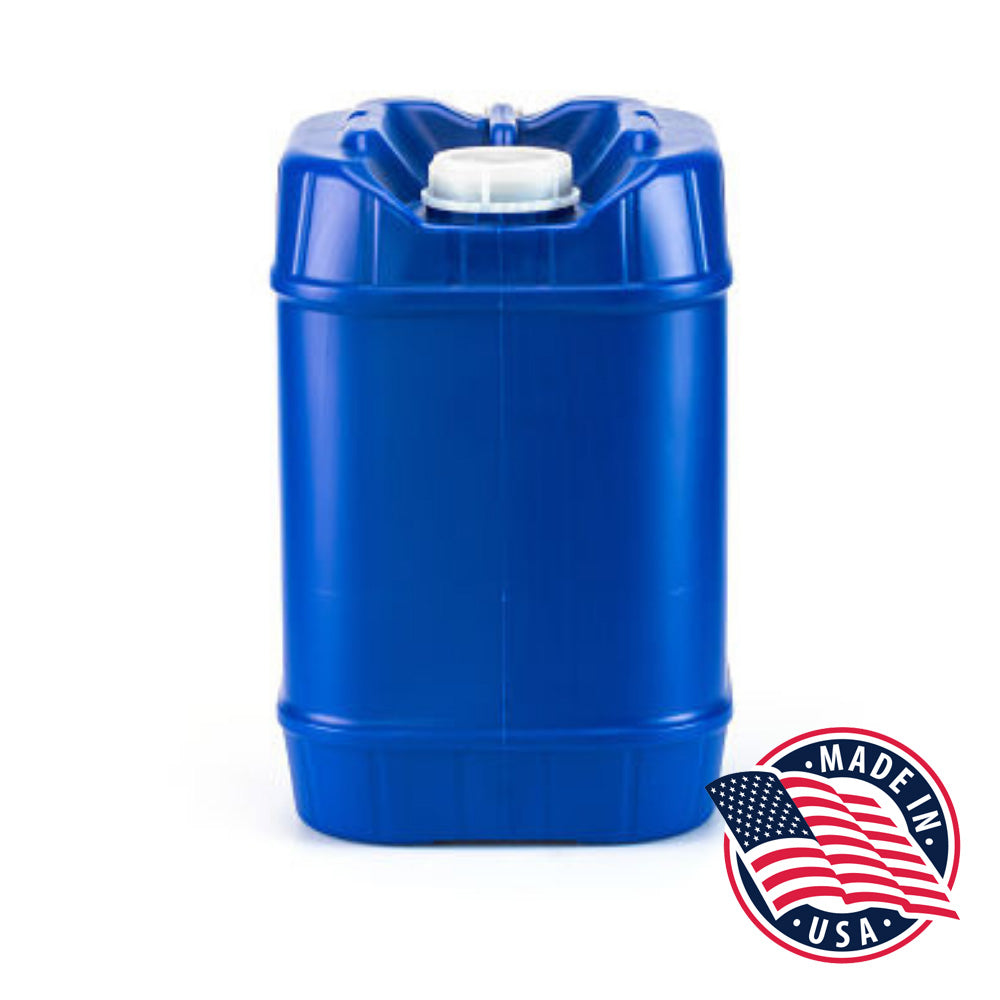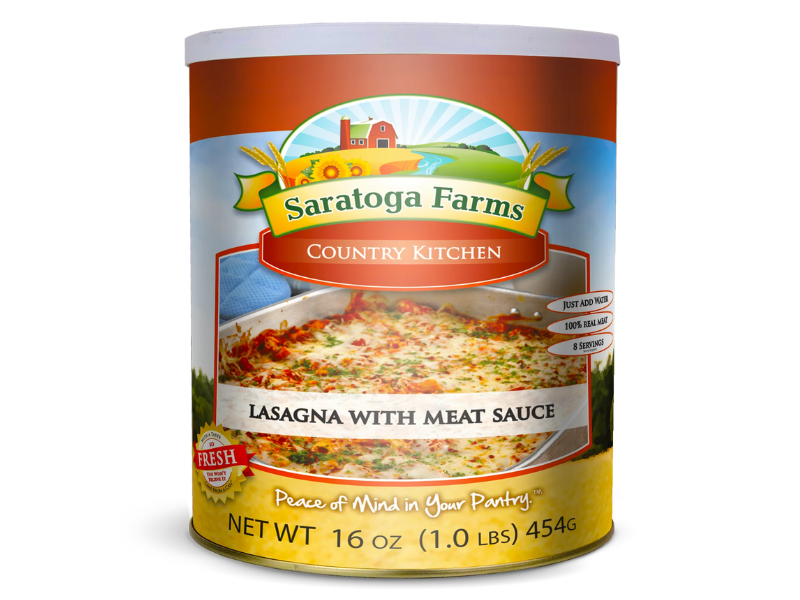Are you looking to start an emergency food storage but don’t know where to begin? Wondering how much food and water to store for your family? Here’s your guide to building a food and water supply that will keep you prepared for any emergency.

What Do I Need?
Your food storage needs depend on the number of people you are preparing for. Use our Food Storage Calculator to determine how much food to store based on a 2,000-2,400 calorie/day diet.
Example: Food for 2 people for 3 months
- 6 cans of breakfast meals
- 18 cans of lunch/dinner entrees
- ... (additional items as per the list)
Water is equally important. For 2 people over 3 months, store at least 180 gallons of water for drinking, washing, and cooking. Use our Water Storage Calculator to ensure proper amounts.
Recommended Products
5-Gallon Water Container - Stackable
 This stackable container is made from BPA-free, food-grade plastic, ensuring safe water storage. Ideal for limited storage space, it prevents bacterial growth and keeps water clean for emergencies.
This stackable container is made from BPA-free, food-grade plastic, ensuring safe water storage. Ideal for limited storage space, it prevents bacterial growth and keeps water clean for emergencies.
Saratoga Farms Lasagna
 This delicious, high-protein meal is perfect for emergency storage. With a 30-year shelf life, it’s easy to prepare and packed with essential nutrients like fiber, Vitamin C, and Calcium.
This delicious, high-protein meal is perfect for emergency storage. With a 30-year shelf life, it’s easy to prepare and packed with essential nutrients like fiber, Vitamin C, and Calcium.
Saratoga Farms Freeze Dried Corn
 A valuable source of carbohydrates, fiber, and vitamins, this freeze-dried corn has a shelf life of up to 30 years. It’s versatile and can be used in soups, salads, or as a side dish.
A valuable source of carbohydrates, fiber, and vitamins, this freeze-dried corn has a shelf life of up to 30 years. It’s versatile and can be used in soups, salads, or as a side dish.
Storage Tips
Store your food and water in cool, dark places, ideally between 60-75°F. Use opaque containers to protect against light, which can reduce vitamin content. Avoid moisture to maintain food quality. Freeze-dried foods last 20-30 years, and dehydrated foods last 10-20 years when stored properly.
Preparing for an Emergency
Remember to include essential supplies like flashlights, first aid kits, emergency blankets, and batteries. Tailor your supplies to your family’s needs and the types of emergencies common in your area.
Conclusion
With proper planning, you’ll have peace of mind knowing your family is prepared for the unexpected. Keep track of expiration dates and rotate supplies as needed. Get started today and build a reliable food and water storage plan for your family’s safety.












